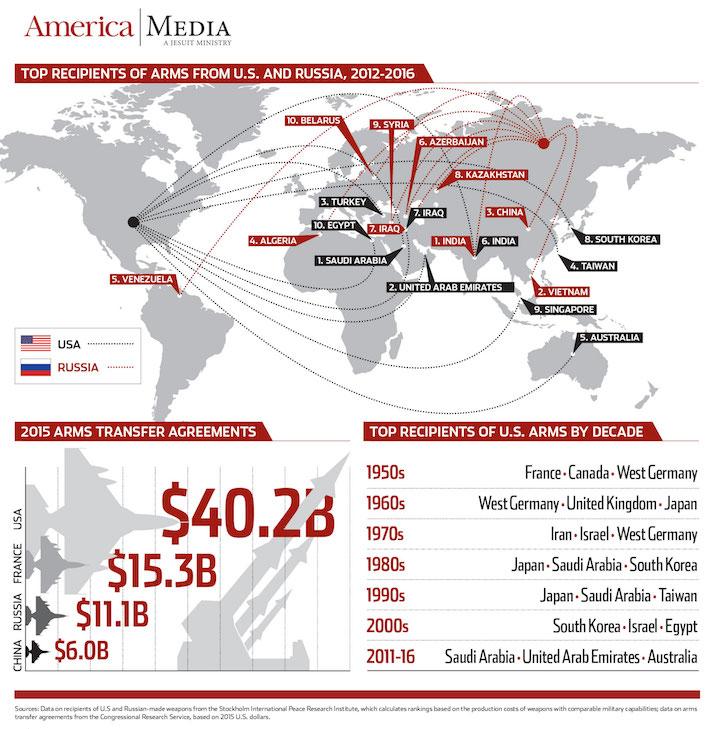Assessing the Viability of an Arms-Dependent U.S. Economy
In a world increasingly challenged by global issues and evolving geopolitical dynamics, the sustainability of the U.S. economy, heavily reliant on arms sales, is facing heightened examination. A recent piece from the South China Morning Post titled “Outside In | How sustainable is a US economy heavily dependent on arms sales?” explores this intricate relationship, highlighting not only economic factors but also ethical and environmental concerns. With defense expenditures reaching unprecedented levels amid escalating international conflicts, this article prompts essential inquiries regarding the long-term feasibility of an economy closely linked to military manufacturing. It investigates the delicate interplay between national security and economic health while considering potential repercussions for foreign relations and domestic priorities. As America navigates these complex challenges, grasping the sustainability of arms sales becomes crucial for predicting its economic future.
Economic Consequences of Arms Sales in the U.S.
The surge in arms sales within America carries profound and varied economic consequences that cast doubt on long-term sustainability. The defense industry plays a critical role in bolstering the national economy by significantly contributing to job creation and technological progress. Key industries benefiting from military contracts include:
- Manufacturing: Providing thousands of jobs while fostering innovation through research initiatives.
- Exports: Yielding considerable revenue from international transactions that enhance trade balances.
- Employment Opportunities: Offering lucrative positions especially in regions dependent on defense contracts.
This reliance raises pressing questions about sustainable growth amidst changing global circumstances. Critics contend that an economy overly focused on military spending diverts essential resources away from critical sectors such as education, healthcare, and infrastructure—areas vital for enduring resilience. The disparity between military funding and civilian needs underscores growing concerns over opportunity costs associated with arms production; this is illustrated in the following table:
| Sectors | Total Investment (in billion $) | Plausible Job Creation |
|---|---|---|
| Defense Sector | $700 | $8 million |
| Healthcare Sector | $500 td > | $10 million td > |
| $300 td > | $5 million td > tr > tbody > table >
Navigating these challenging decisions requires policymakers to adapt their discussions surrounding arms sales significantly. The task involves not only justifying defense budgets but also ensuring that economic advancement does not compromise sustainability or societal welfare. A more balanced approach could reshape future economic landscapes by aligning military expenditure with broader social objectives while addressing urgent calls for sustainable practices. Environmental Impact of Defense Operations: Challenges AheadThe ongoing expansion of America’s defense sector brings with it environmental ramifications that are becoming increasingly difficult to overlook. Military activities along with production processes contribute notably to, land degradation, and water contamination issues . These environmental costs are staggering , encompassing immediate ecological damage as well as long-lasting health implications for nearby communities . Given these realities , several factors merit serious attention : p >
|
